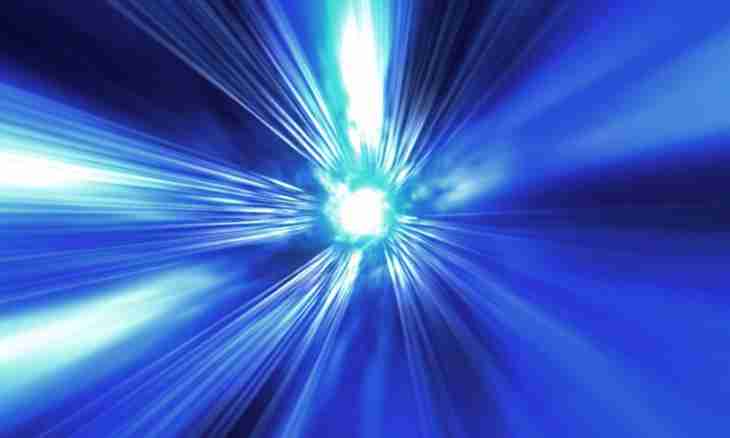The speed of light - the highest of the speeds achievable in the Universe. It is many times more even than acoustic speed. It is possible to find this speed as settlement, and experimentally.
Instruction
1. All electromagnetic waves freely pass through a surface, and especially through a vacuum. Speed of distribution of such waves in a vacuum is considered the biggest of all achievable speeds in the Universe. However, if light passes through any other environment, the speed of its distribution decreases a little. Extent of its decrease depends on the index of refraction of substance. It is possible to calculate the speed of light in substance with the known index of refraction as follows: sinα/sinβ=v/c=n where n is the index of refraction of the environment, v is the speed of distribution of light in this environment, with - the speed of light in a vacuum.
2. This property of light was known to scientists in the 17th century. In 1676 O.K. Remyor could determine the speed of light by periods between eclipses of satellites of Jupiter. Later Zh.B.L. Foucault laid the foundation for numerous attempts of measurement of the speed of light by means of the rotating mirror. Use of reflection of a light beam from the mirror located at considerable distance from a light source is the cornerstone of such experiments. Having measured this distance and knowing the frequency of rotation of a mirror, Foucault drew a conclusion that the speed of light is approximately equal to 299796.5 km/s.
3. Indices of refraction of gases are very close to a similar indicator to a vacuum. At liquids they considerably differ. So, for example, when passing a light beam through water its speed significantly decreases. Even stronger it decreases when passing radiation through solid substances. If the particle flies by through substance with a speed which less than the speed of light in a vacuum, but is more than the speed of light in this substance, there is a so-called luminescence of Cherenkov. Very fast particles can cause such luminescence even in air, but usually in research reactors it is observed in water. Immediately leave the place of its detection not to undergo radiation.
4. Modern technologies and test units allow to measure the speed of light much more precisely. It is possible to measure it in usual physical laboratory, for example, using the generator, a frequency meter and a wavemeter with the antenna with the changing length. Also in most cases, knowing wavelength λ and radiation frequency ν which is equal ν = с/λ, it is possible to calculate the speed of distribution of radiation in the mathematical way.
